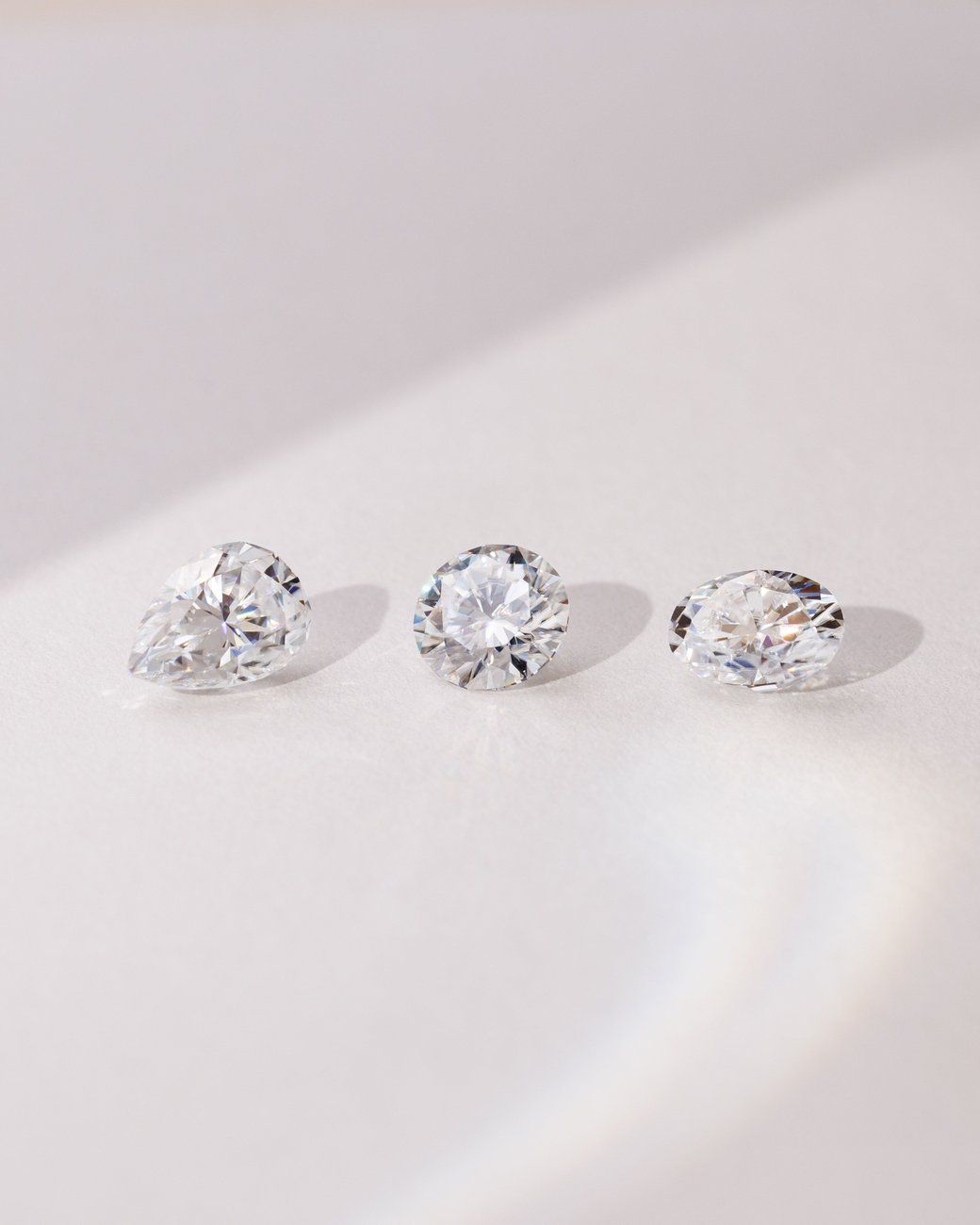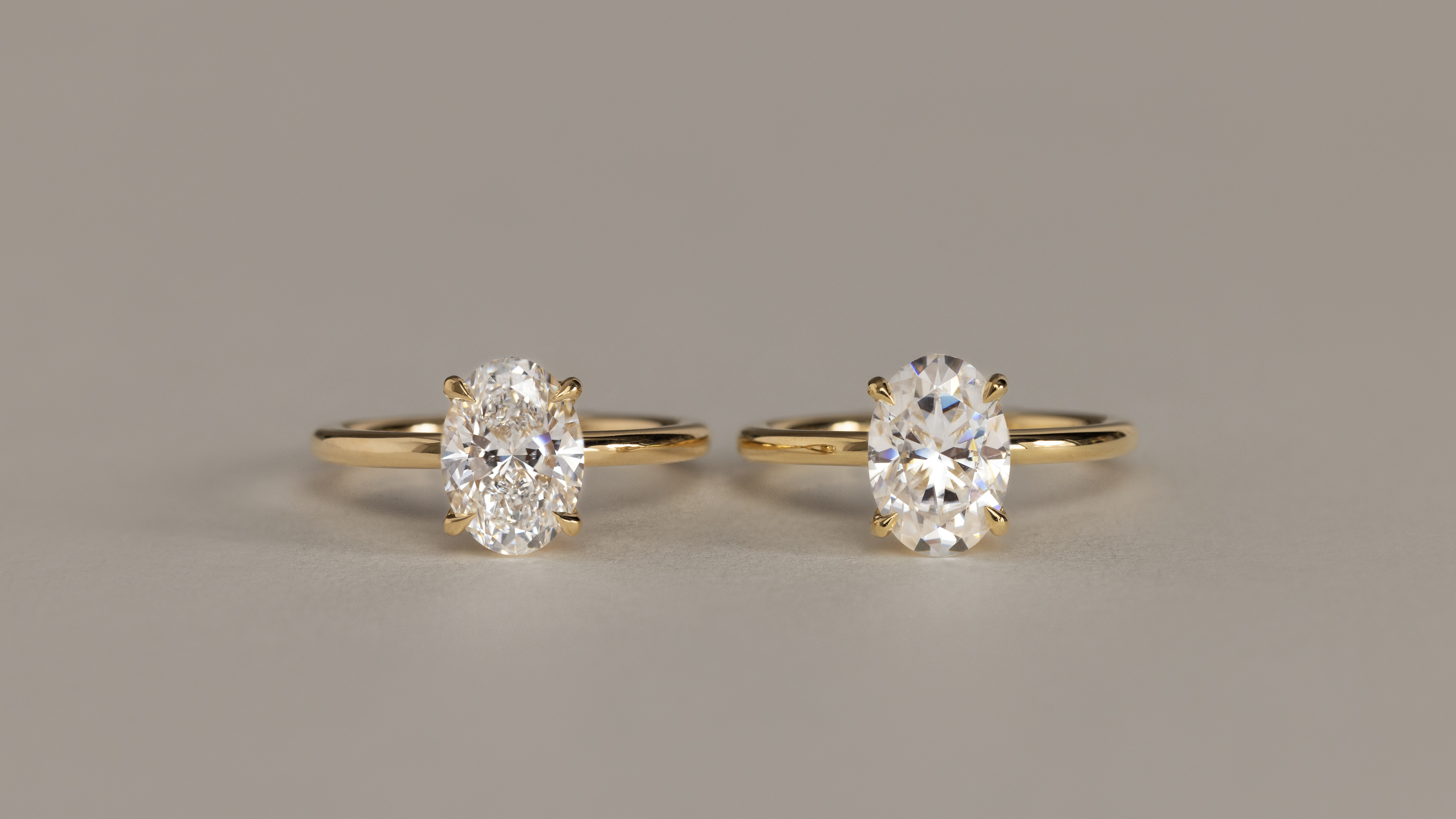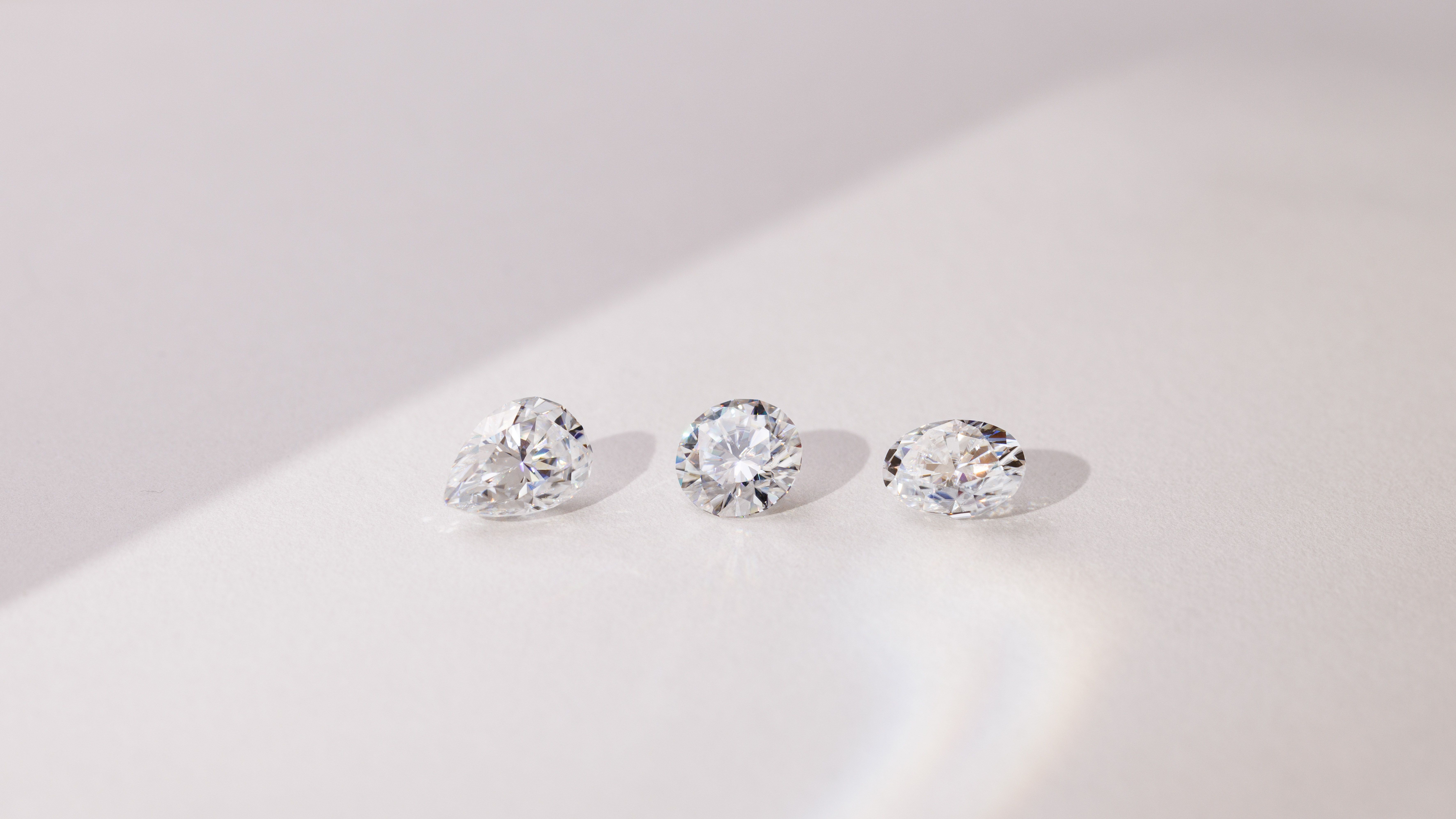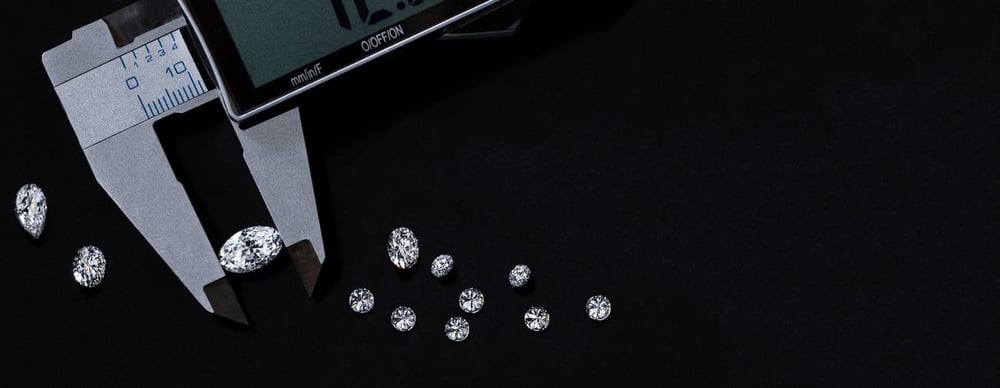
What is Moissanite?
Moissanite has surged in popularity in the last decade as people look for alternatives to mined diamonds, both due to economic and environmental pressures. Though moissanite can occur in nature, it is extremely rare. Instead, modern science created avenues for these to be replicated in controlled lab environments, resulting in a mining-free stone which couples can feel good about wearing.
Is Moissanite A Good Choice For Engagement Rings?
For engagement rings, the biggest considerations should be beauty, durability and price. Like mined diamonds and lab-grown diamonds, moissanite can be used in any setting, and set in any metal. Moissanite is only second to diamonds in terms of durability. The “Mohs scale” measures the “hardness” of a gemstone. On this scale, a moissanite measures 9.25-9.5 whereas a diamond measures at 10.

Moissanite also [controversially] sparkles even more than diamonds. While there is of course clarity grade, in reference to the amount of inclusions in a stone, which at Cullen Jewellery, our moissanite stones have a clarity grading of VVSI-2 [very very slightly included], there is also what is known as the ‘refractive index’ which refers to the sparkle. Moissanite differs from diamonds is its refractive index, which refers to how light interacts with the stone, and what kind of effect it has on the appearance. Moissanite has a higher refractive index than diamonds, meaning when light enters the stone, it bends more, and so it sparkles more brightly than a diamond.
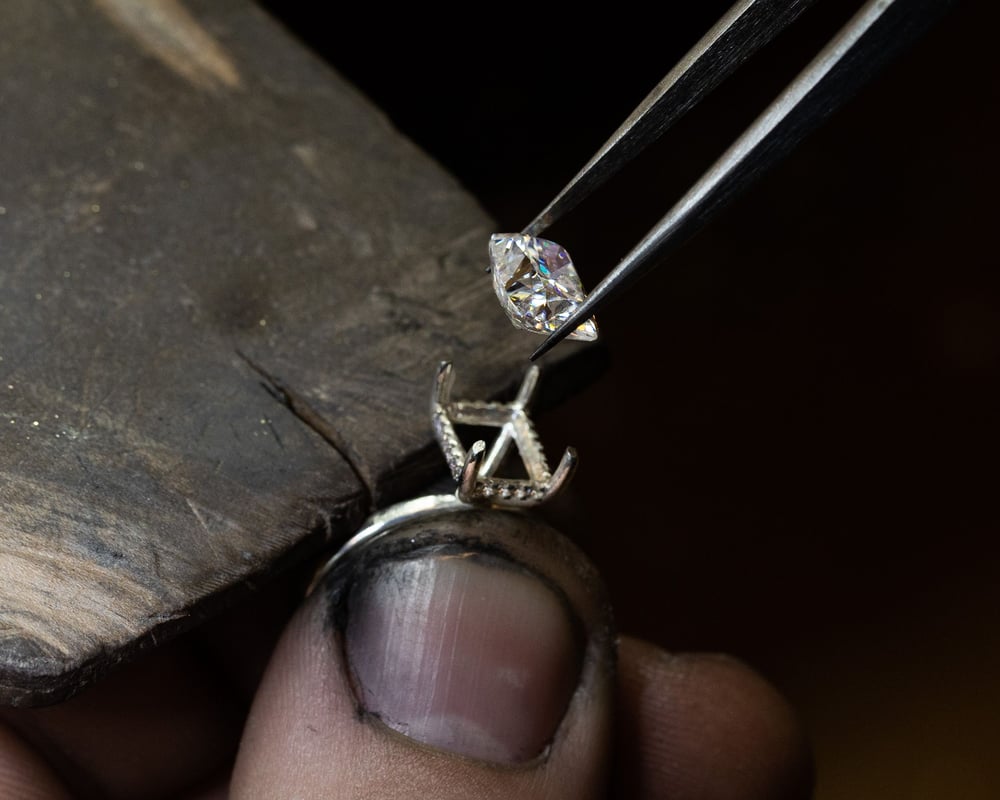
Why You Shouldn’t Get a Moissanite Ring
There is no big secret which should deter anyone from choosing a moissanite ring, only if your heart is perhaps set on a mined diamond, or a lab-grown diamond. The average person can’t tell whether your ring is a moissanite or mined diamond, so instead this decision is one you must make for yourself.
One thing to be aware of is that generally, moissanite are chosen by those wanting a high carat weight, and so the setting and band are usually simple, allowing for the stone to be the star of the show
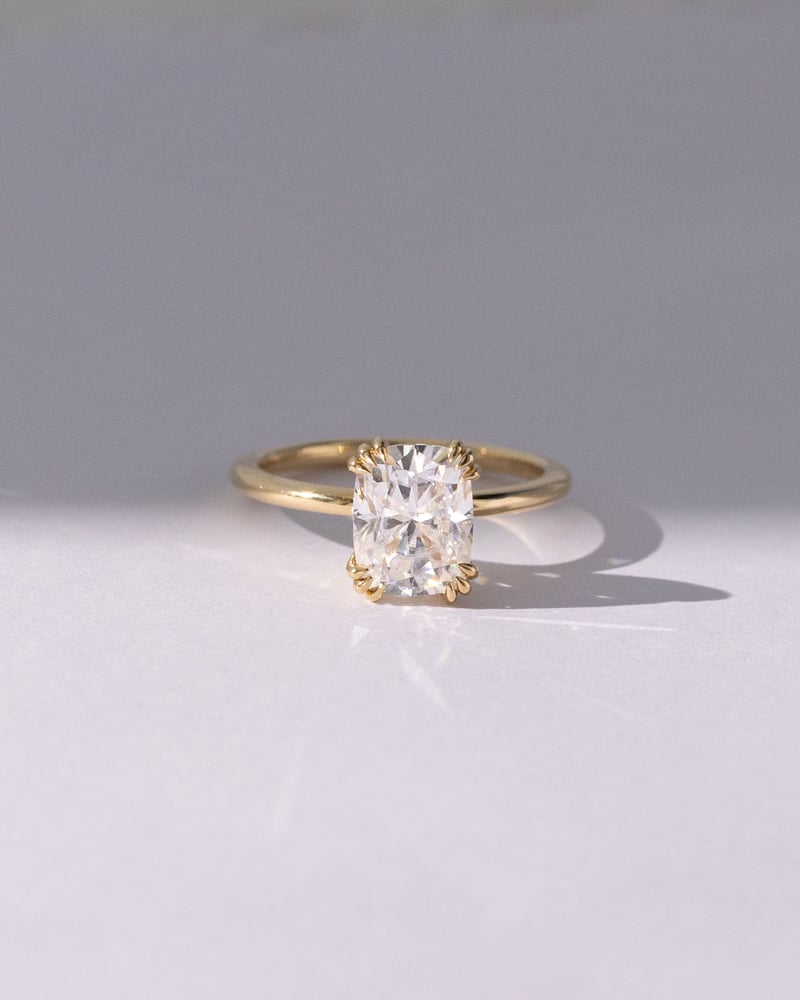
How Does a Moissanite Compare to a Diamond and Lab Grown Diamond?
Mined diamonds have had a somewhat murky reputation in the past , especially with savvy Gen Z and millennials who are sceptical about greenwashing. The fact remains that though energy is consumed in the process of making moissanite in a lab, it still doesn’t compare to the energy and labour associated with mined diamonds, nor the condition it leaves the land and surrounding community in once mining has been completed.
On a physical level, diamonds are graded according to their clarity, colour, cut and carat weight. In regards to the clarity and colour, these don’t vary significantly with moissanite as the stone is produced in a controlled setting, and so it takes some of the investigative work out of the shopping process. Moissanite is also a great way that couples are getting a bang for their buck when it comes to engagement rings, and is becoming a popular option for brides who like the look of a big rock, but not necessarily the price.
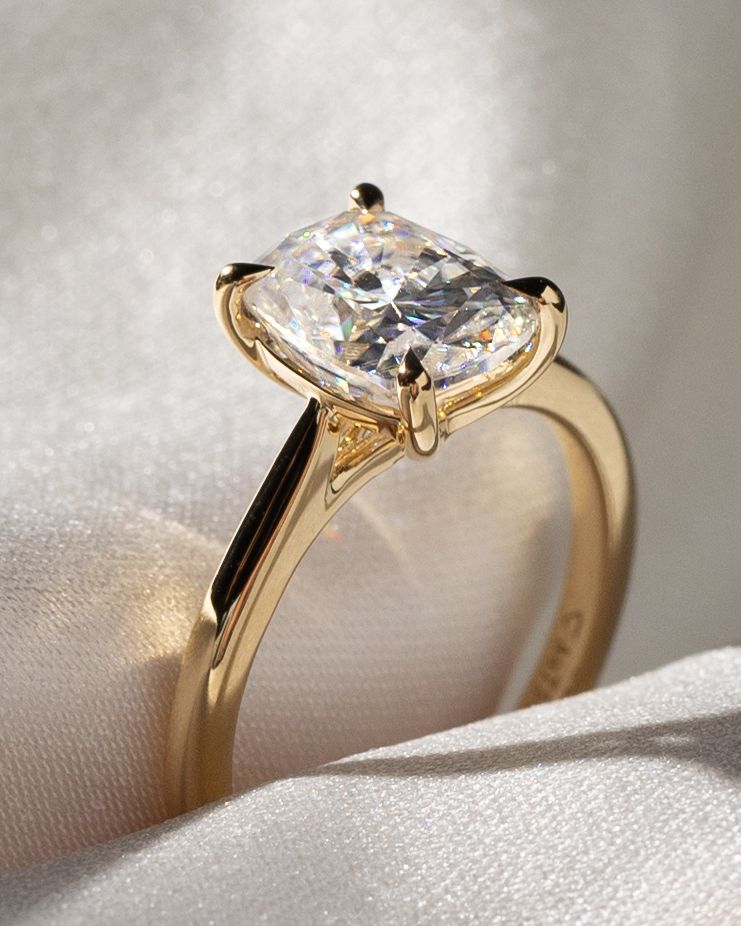
Moissanite vs Lab Diamond
To the naked eye, you may think there won’t be many differences between moissanite and lab-grown diamonds. Both are grown in controlled settings, but make no mistake – the quality still varies. Like mined diamonds, moissanite has a higher refractive index than lab-grown diamonds. So their sparkle looks colourful, compared to a bluey-grey sparkle of a lab-grown diamond.
If you’re looking for a classic stone, a moissanite is a great option, but what it doesn’t offer is a pop of colour. Lab-grown diamonds come in just about every colour, so you can emulate the look of your favourite celebrity ring for less, like JLo’s pink diamond engagement ring. Yes, you could choose another gemstone like sapphire to create the same look, but this is unlikely to be as durable as a lab-grown diamond.
Each different gemstone is available at Cullen Jewellery for a reason. While the fiery sparkle of moissanite can’t be replicated by a diamond, some will simply prefer the sparkle and well established appeal of a diamond. If you’d like to discuss both options with our experts, book a free consultation here .
